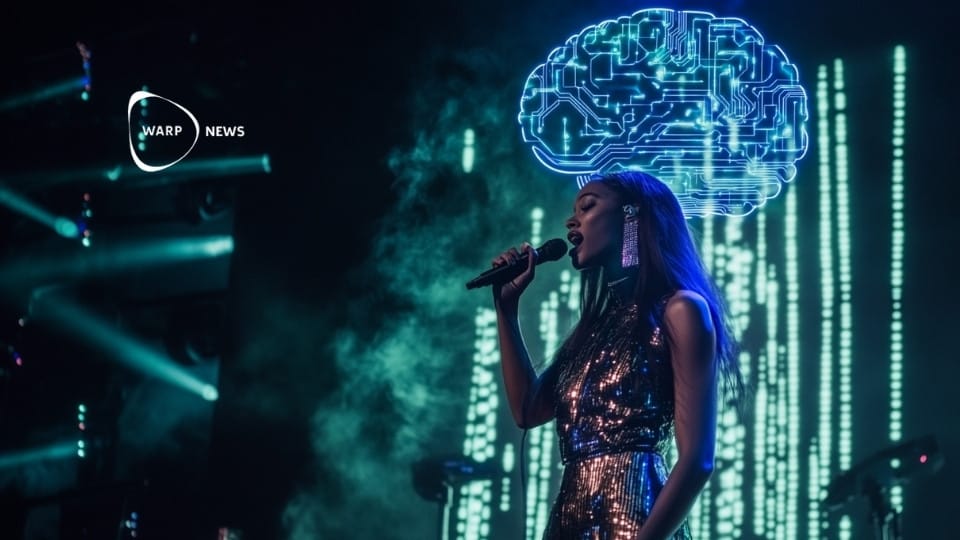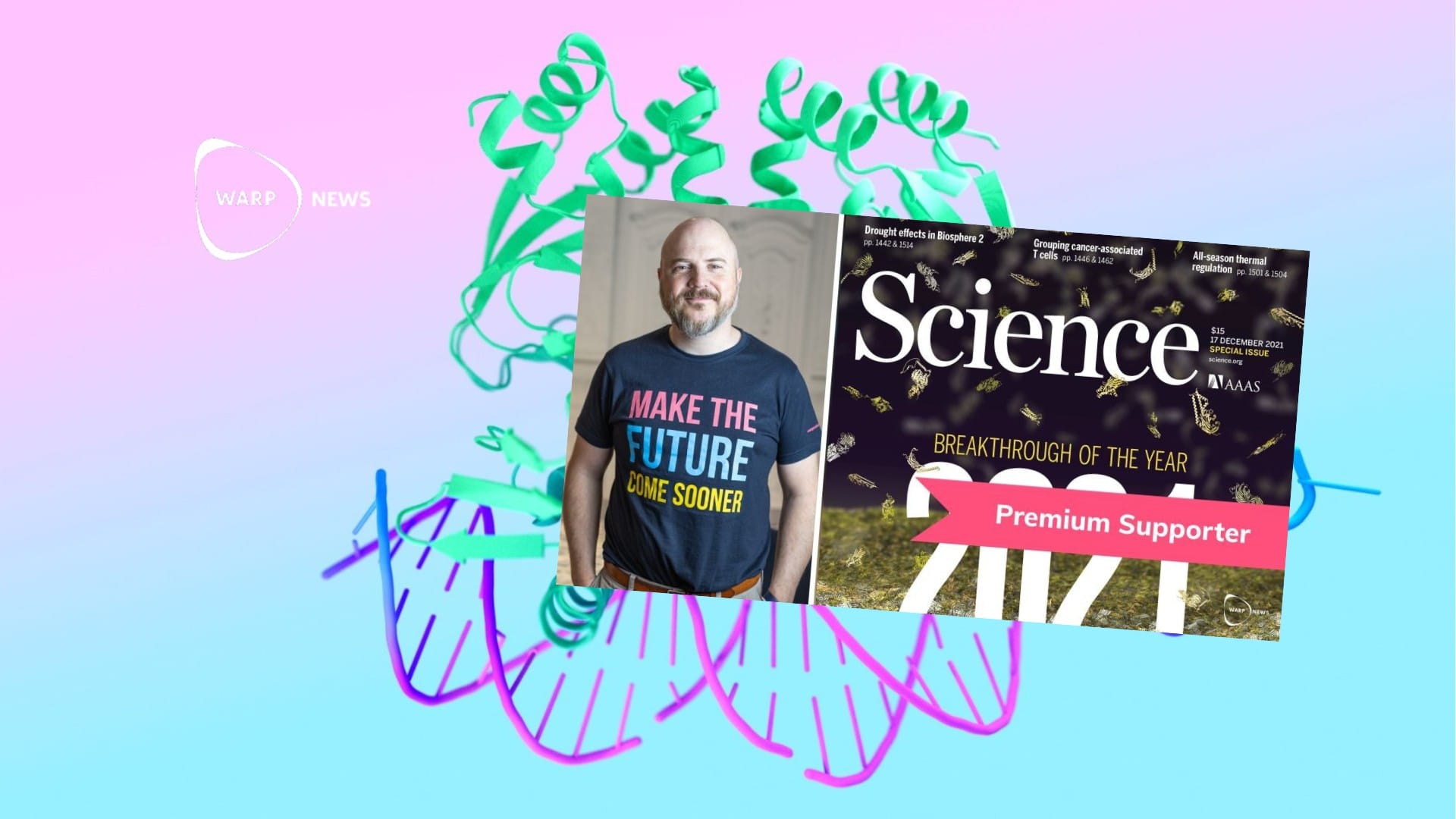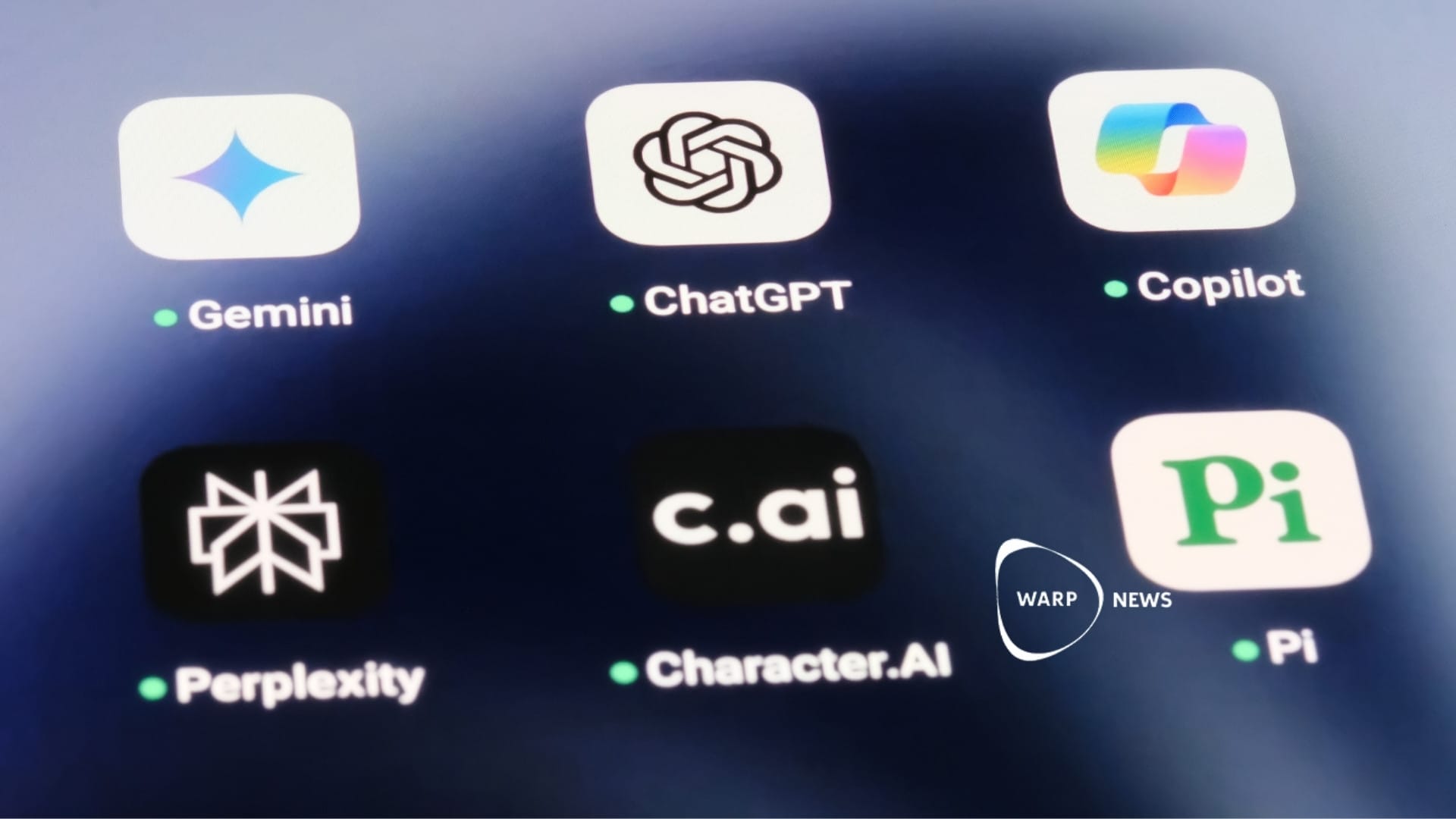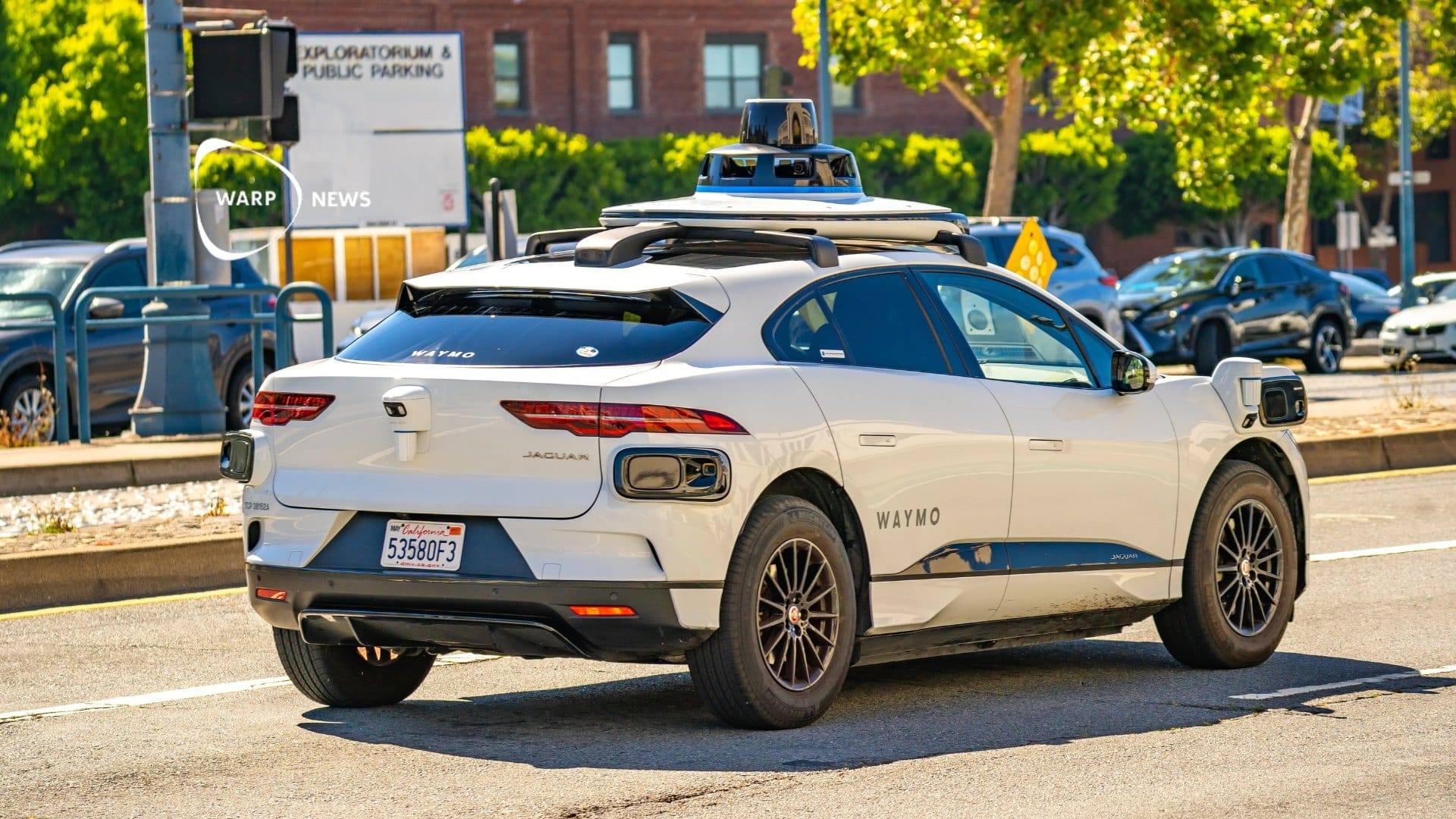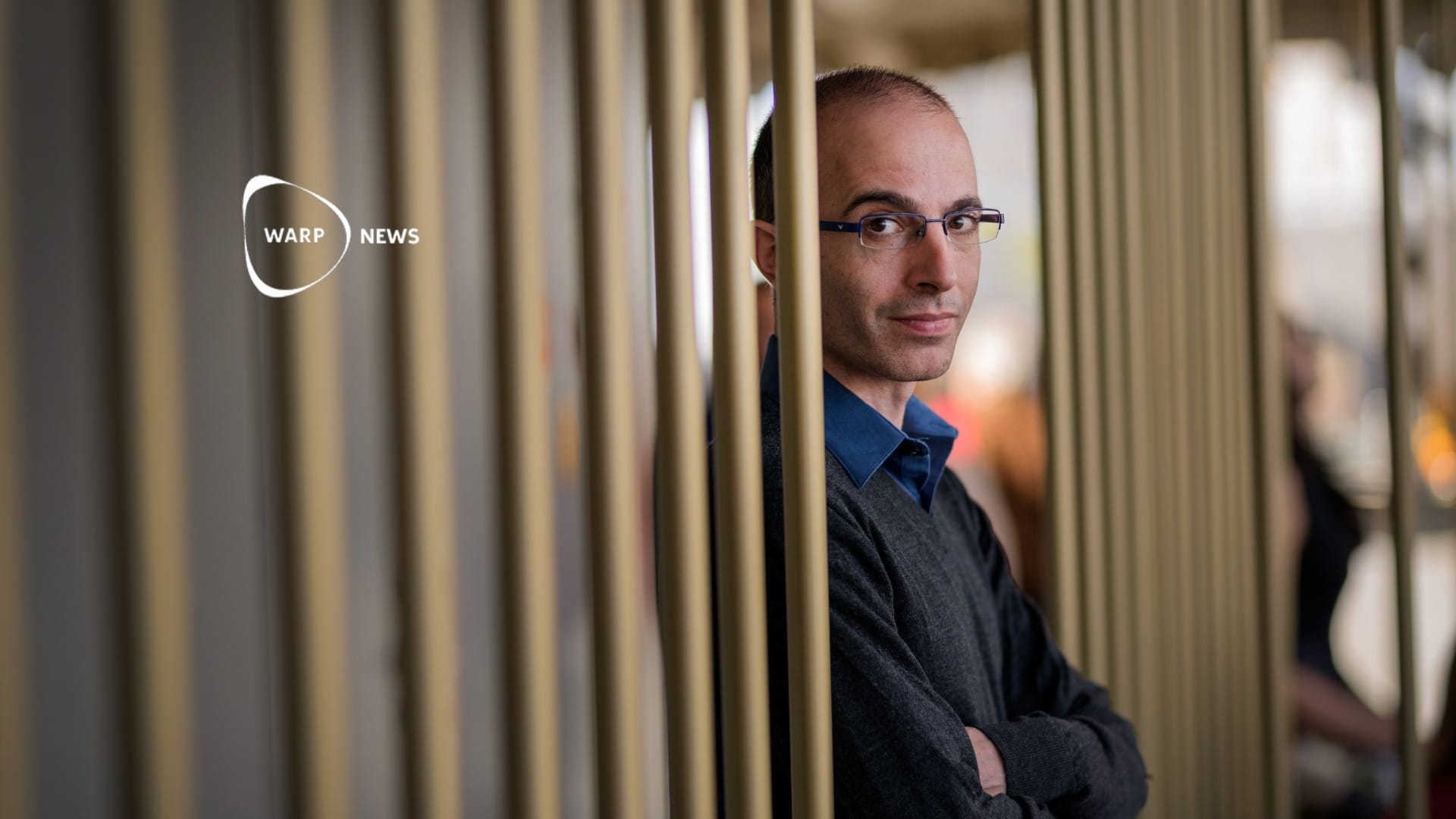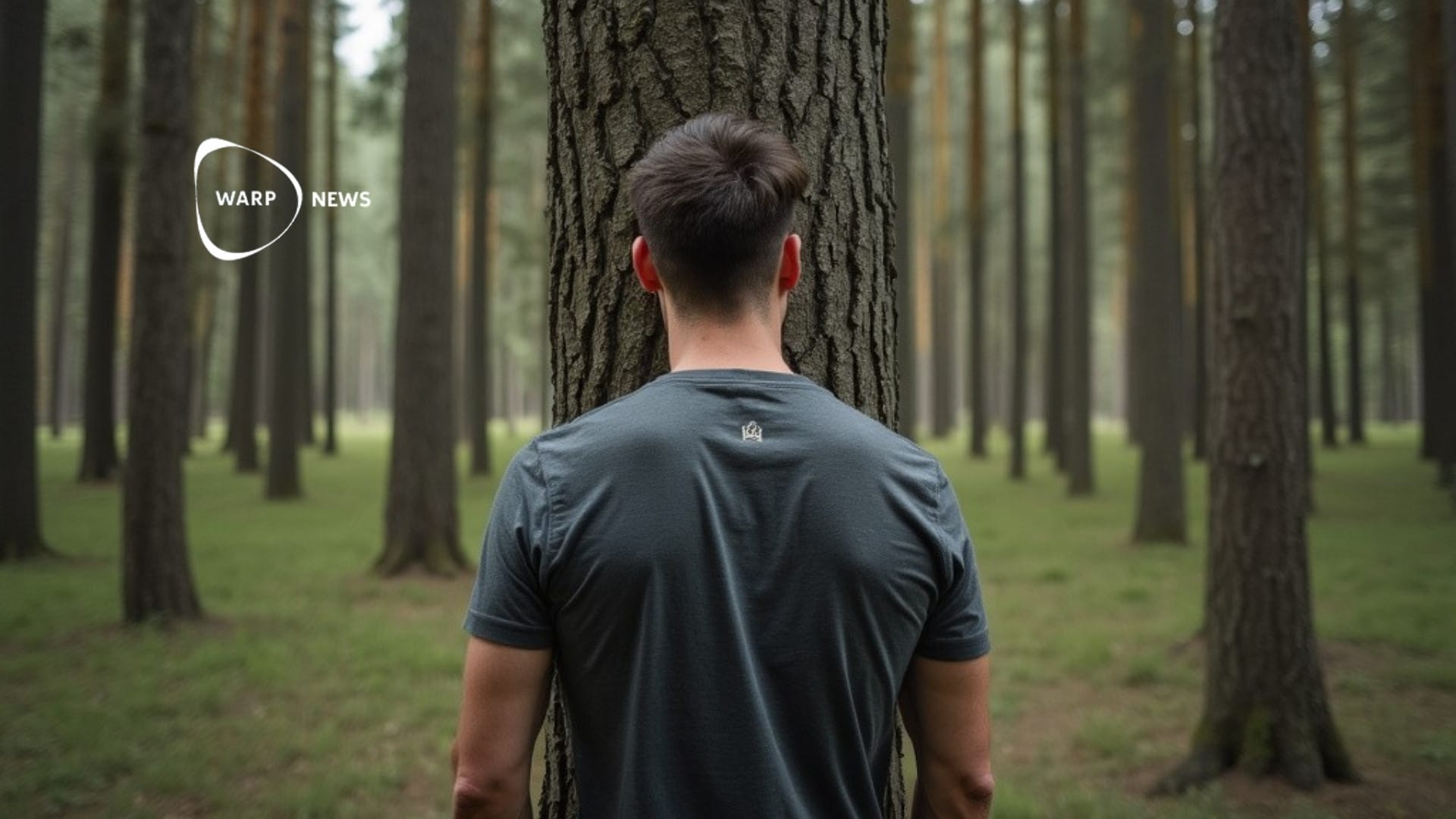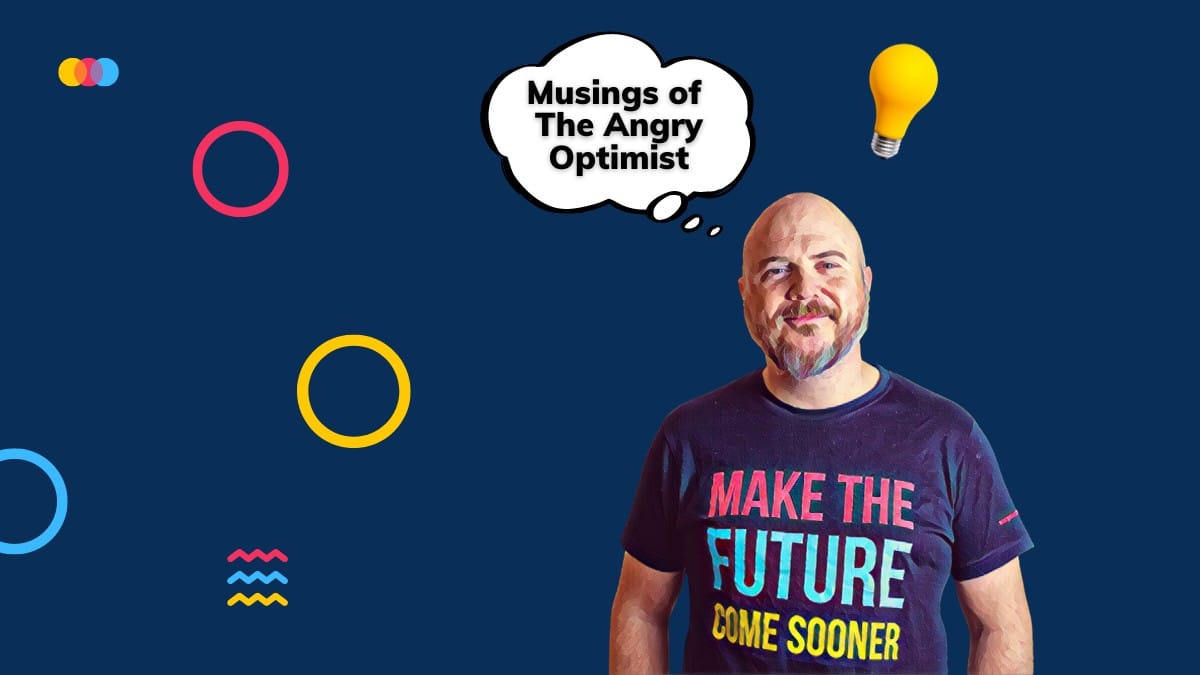🧠 Artificial Intelligence
Artificial intelligence (AI) helps doctors make better diagnoses, scientists create new materials, farmers grow crops more effectively and all of us driving cars - and millions of other applications. This topic also covers subsets of AI such as machine learning (ML), deep learning and neural networks.
🧠 My extra AI brain makes me better
It's not about what AI will do for you. But how you will become better with the help of AI. When the AI knows you, everything is taken to a new level.
🦾 AI generates more innovative research ideas than experts, large study shows
AI-generated research ideas were judged as statistically significantly more innovative than human experts' ideas in a large-scale study. Ideas generated by AI and then reranked by a human expert scored even higher on both novelty and excitement.
🧬 The story behind AlphaFold and this year's Nobel Prize in chemistry
This year's Nobel Prize in chemistry is a massive breakthrough that solves a 50-year-old challenge within biology. It was solved with the help of AI. But that was just the beginning. In two texts, Warp News has previously told the story and effects of AI and the protein folding problem.
📊 The use of generative AI is growing faster than computers and the internet
Generative AI is used by 39 percent of Americans aged 18-64, just two years after its introduction. This is a significantly faster growth compared to personal computers and the internet in their early years.
🚗 Waymo self-driving vehicles are significantly safer than human drivers
Waymo's self-driving cars have been involved in fewer than one accident with injuries per million miles driven. They estimate that their vehicles have 70 percent fewer accidents with injuries than human drivers.
🧙♀️ Harari is trying to create a myth
In Nexus, Yuval Noah Harari tells about harmful myths. At the same time, he's trying to create his own myth. The one about our downfall.
🙉 Don't get swept away by short-sighted pessimism
Many opinions are based on the tree one is staring at. Instead, take a step back and see the forest. In space, AI, and batteries, I zoom out from the chatter and try to see what's actually happening.
🦾 AI avatars protect journalists in Venezuela
AI-created news anchors are used to protect journalists in Venezuela. The initiative involves approximately 20 Venezuelan news media and 100 journalists. The digital presenters report on government actions against opposition and media.
💡 Musings of the Angry Optimist: Wuuut, is AI making artists more creative?!
Even someone without talent can be right sometimes. And shocking news about French farmers.
